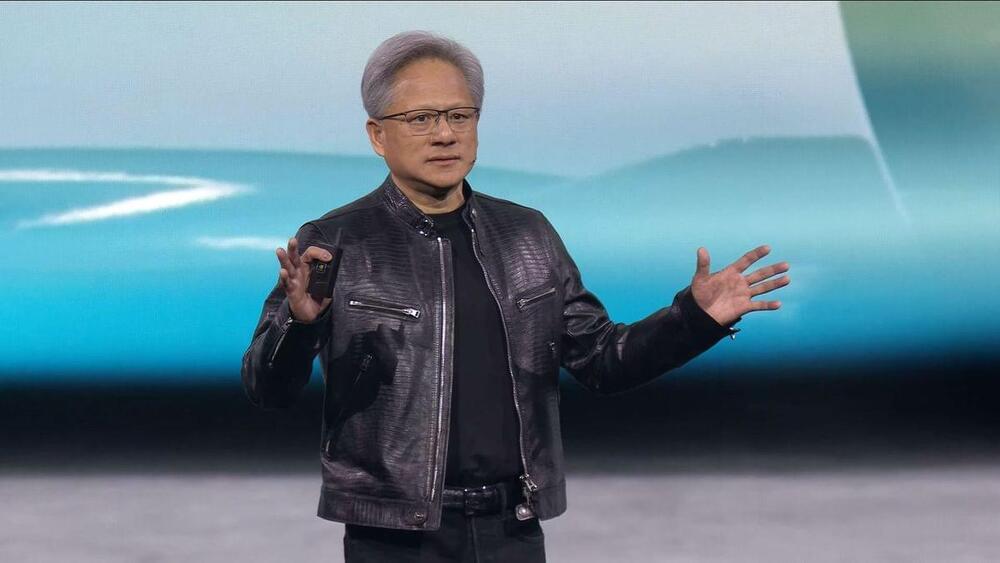Video footage meant for investors has leaked, showing Aptera Motors co-founders and co-CEOs Steve Fambro and Chris Anthony discussing many topics about the solar EV startup’s future, including a potential IPO.
Usually, when we share progress updates from notable solar EV developer Aptera Motors, they come directly from the horse’s mouth. The born-again startup is known for keeping an open line of communication with its growing fanbase of investors, Accelerator program reservation holders, and EV enthusiasts who want to see a company bring solar-powered vehicles to mass production.
The latest public update came in late February as Aptera’s co-CEOs teased its flagship vehicle’s upcoming app and battery tech while giving the viewers a glimpse of the three-wheeled EV’s Body in Carbon (BinC), which ended up on display at JEC World 2024 in Paris earlier this month.






